Financial Risk Analysis Model for Informed Investment Decisions
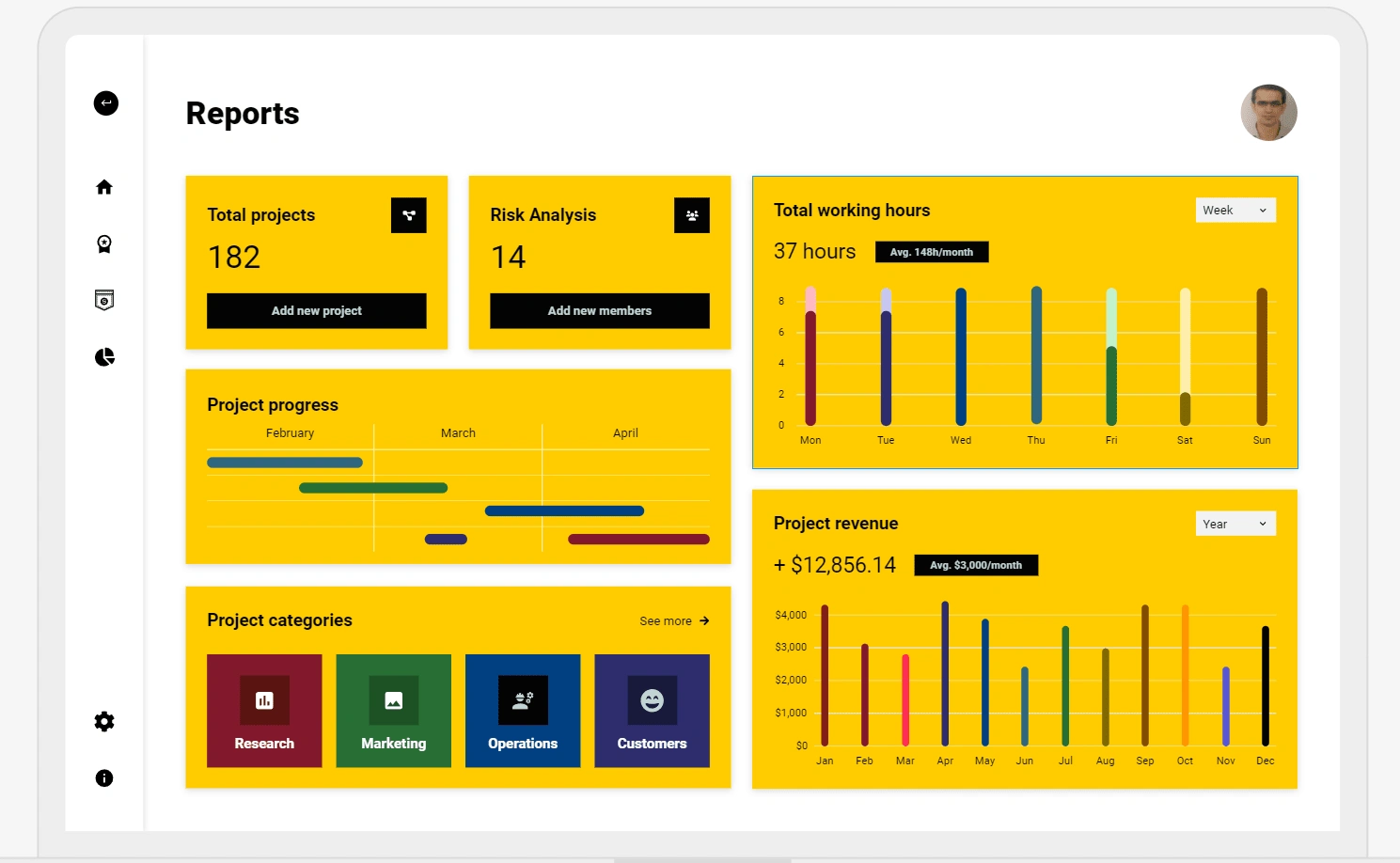
Introduction:
The Financial Risk Analysis Model is a groundbreaking project designed to empower decision-makers with data-driven insights for navigating intricate financial landscapes and making informed investment decisions. Leveraging a robust financial risk assessment framework that combines statistical analysis and machine learning techniques, this model achieves transformative impacts on the investment decision-making process.
Project Overview:
The model's foundation lies in meticulous data gathering and preprocessing, involving the curation of extensive financial datasets encompassing market trends, asset performance, and economic indicators. This groundwork ensures the reliability of the subsequent risk analysis model.
Core Functionality:
1. Quantification of Risk Metrics:
The model quantifies various risk metrics, including volatility, liquidity risk, and market risk. This is achieved through advanced statistical analysis and machine learning algorithms, enabling a nuanced understanding of potential challenges.
2. Risk Scores Generation:
By leveraging predictive models, the system generates dynamic risk scores for different investment portfolios. These scores prioritize and assess risk levels associated with each investment avenue, facilitating informed decision-making.
3. Risk Categorization:
The model facilitates risk categorization, achieved through the identification of patterns and correlations within the financial data. Decision-makers can classify and strategize based on different risk profiles within their investment portfolios.
4. Integration of Historical Data and Real-time Market Trends:
Historical data and real-time market trends are seamlessly integrated into the model. This integration is fundamental to providing up-to-the-minute risk assessments, ensuring that decision-makers have the latest information for effective investment strategies.
5. Scenario Analysis:
Incorporating machine learning expertise, the model allows for scenario analysis. Users can simulate and evaluate potential impacts of various market scenarios on their investment portfolios. This feature aids in understanding the potential outcomes of different market conditions.
6. Validation and Iterative Refinement:
To ensure the accuracy, reliability, and adaptability of the model, rigorous validation processes are implemented. Iterative refinement, validated against historical market behaviors, fine-tunes the model for precise risk assessments across diverse investment scenarios. This process is crucial for delivering actionable insights to decision-makers.
7. Collaboration and Stakeholder Engagement:
Close collaboration with investment analysts and stakeholders is integral to the success of the model. Regular interactions and presentations share detailed insights derived from the
risk analysis model. This collaborative approach ensure stakeholders have a comprehensive understanding of the model's outputs, empowering them to make well-informed and strategic investment choices.
Screenshots
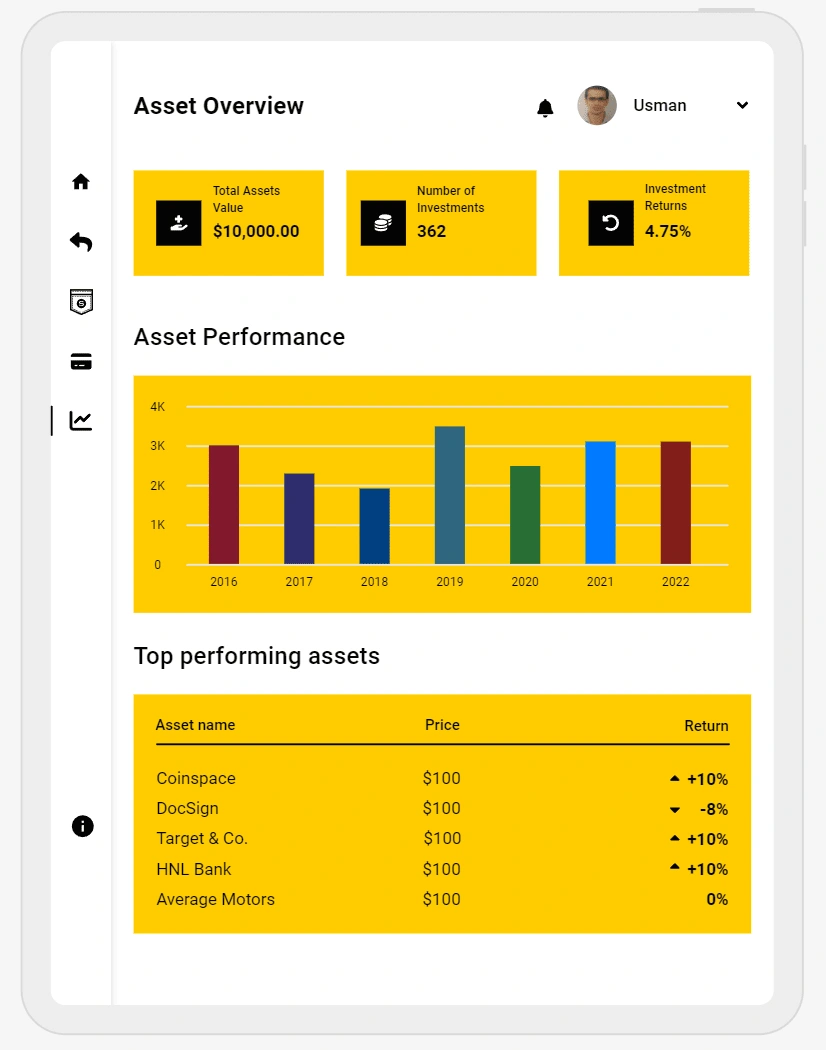
Asset Performance
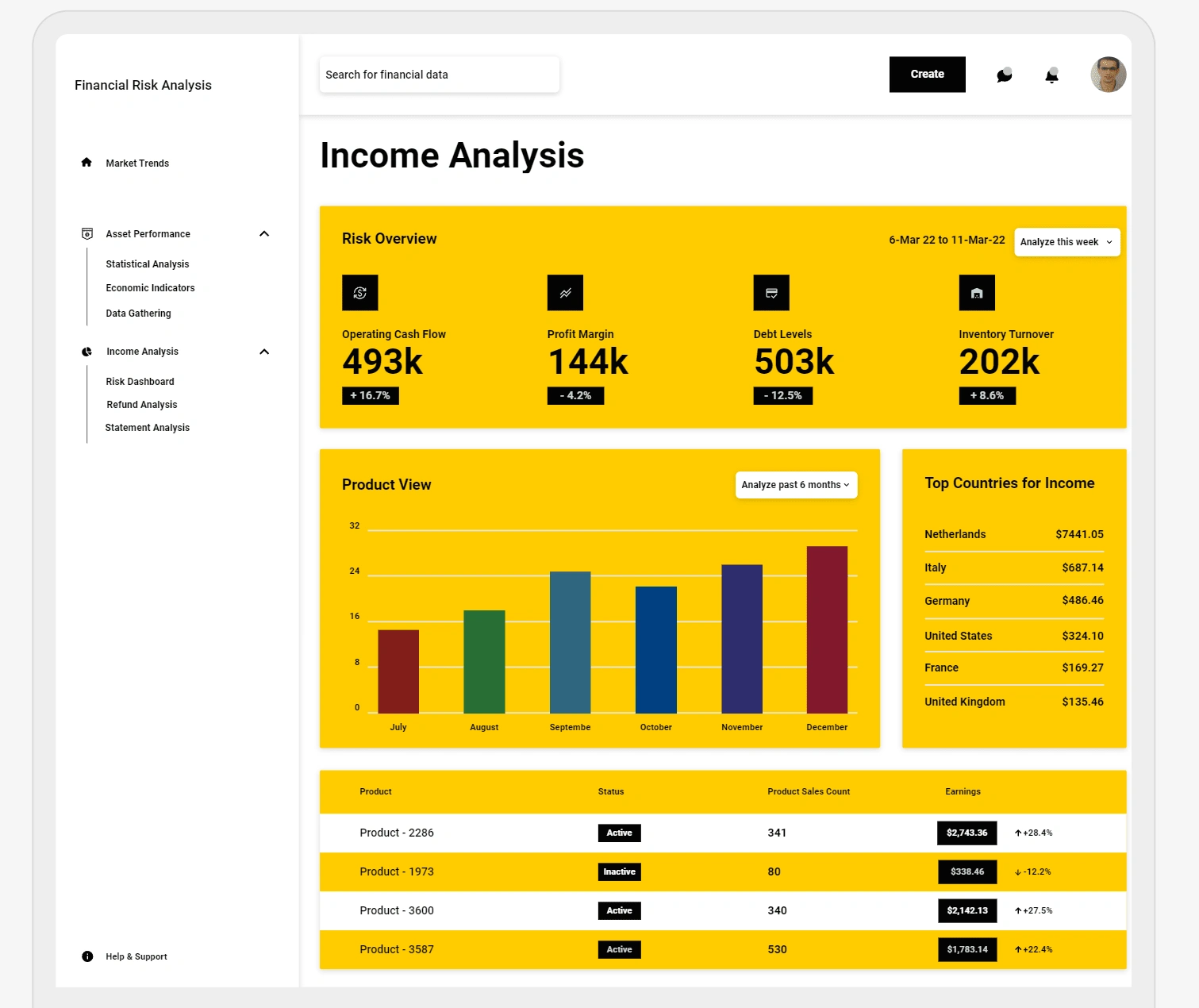
Income Analysis
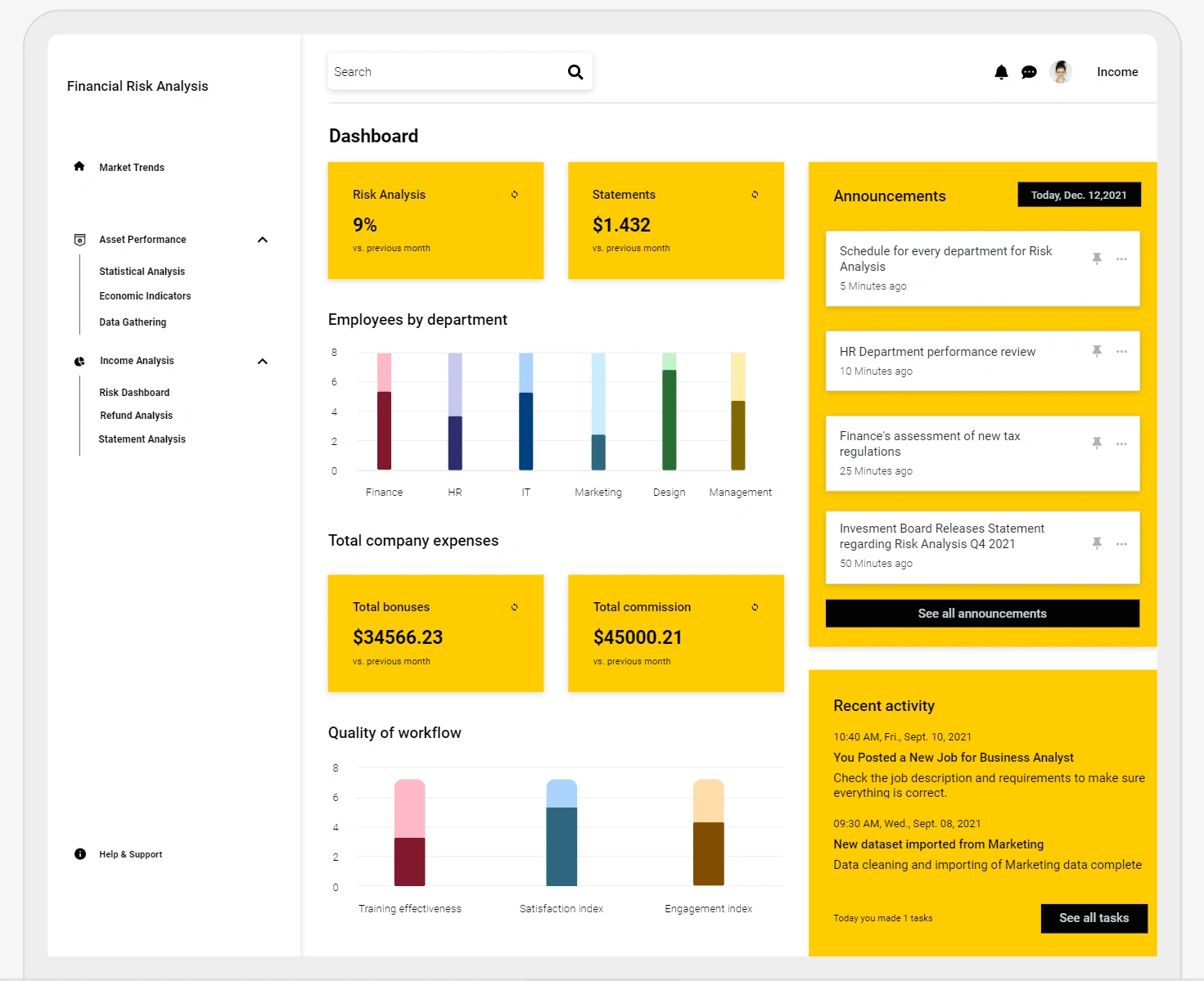
Risk Analysis Dashboard
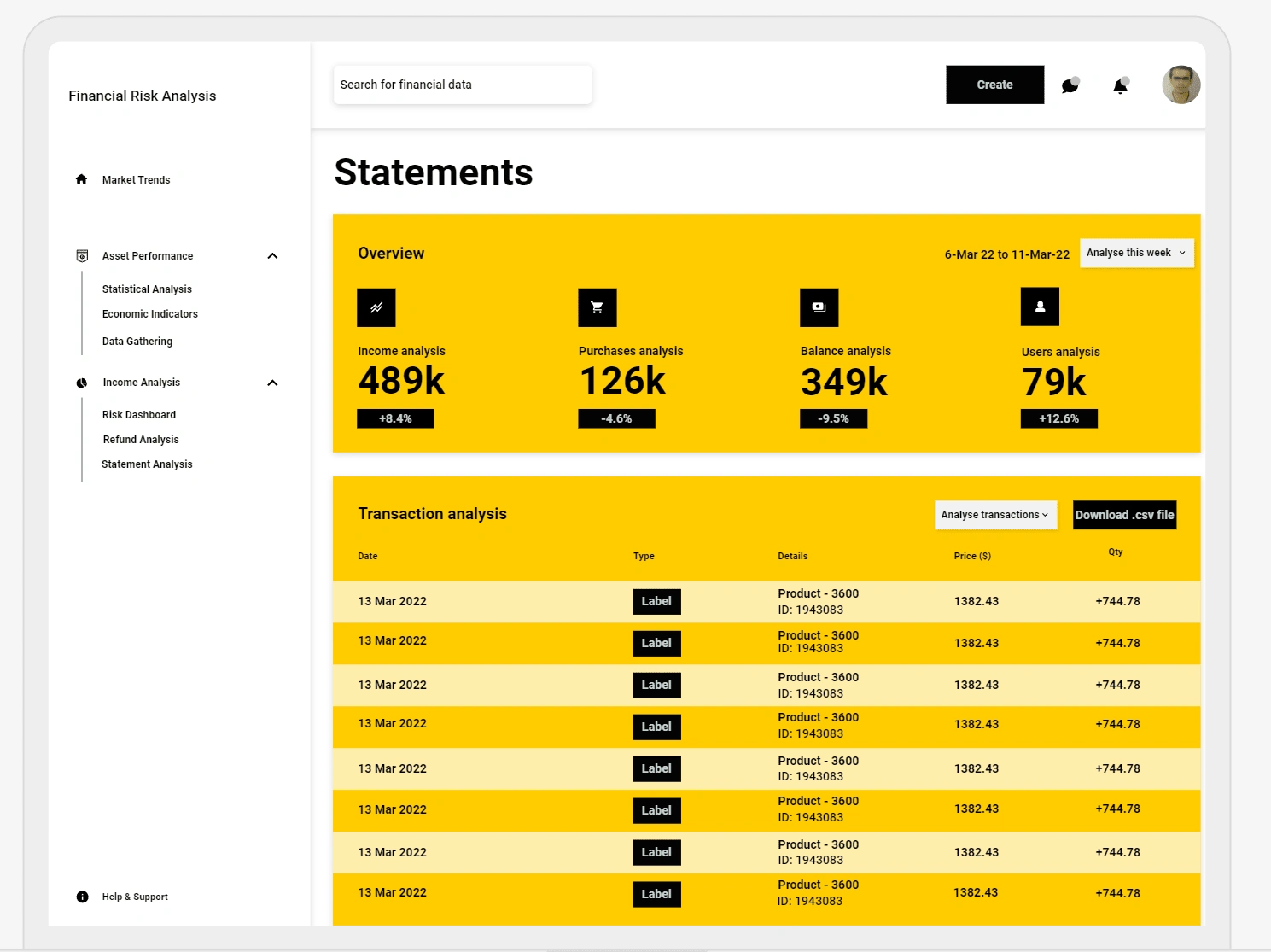
Statement Analysis
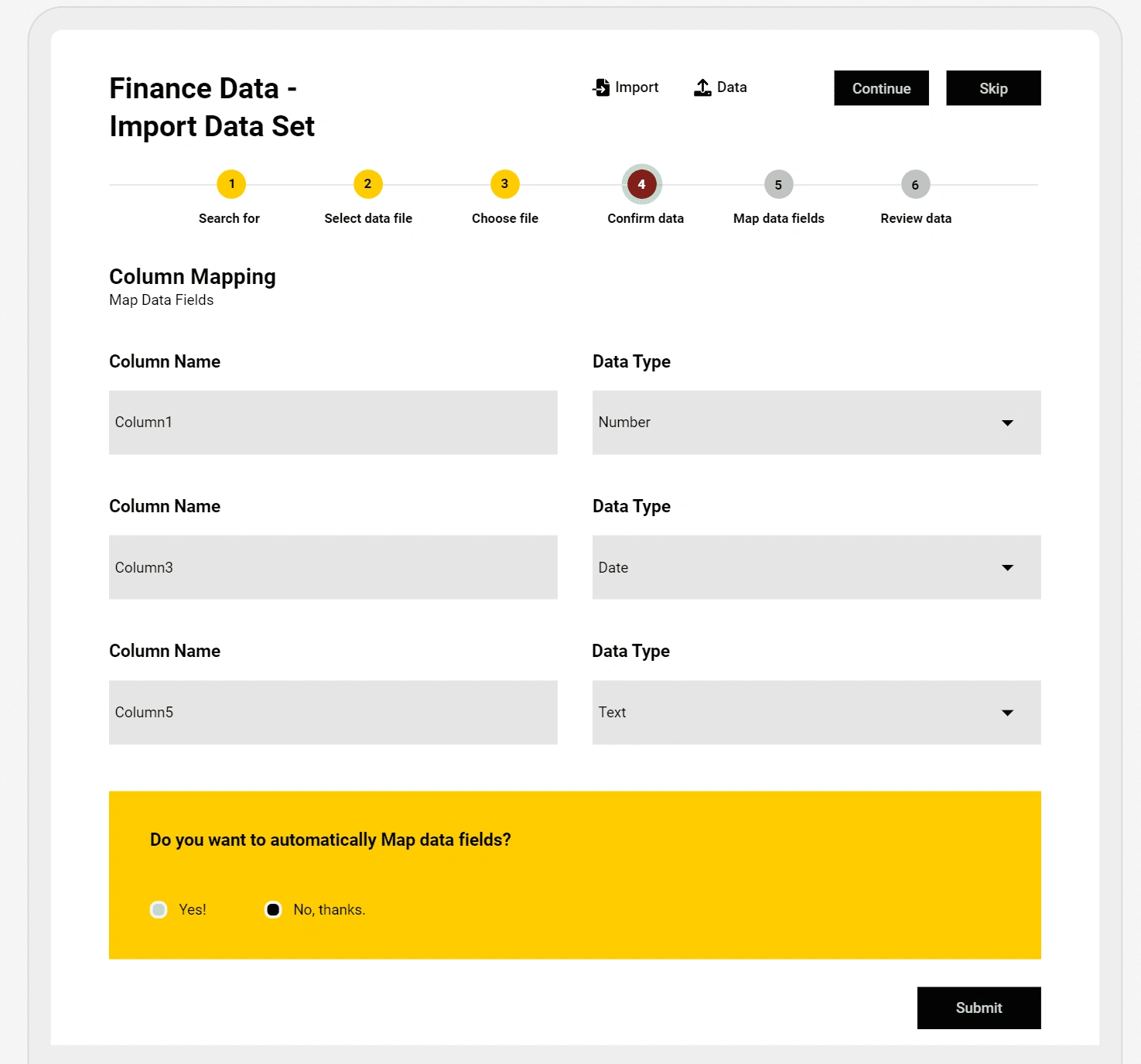
Data Importing
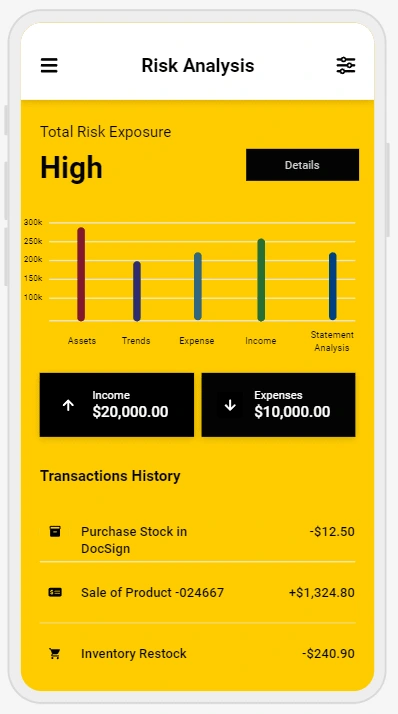
Risk Analysis - Mobile Screen
Conclusion:
The Financial Risk Analysis Model, rooted in a meticulous data-driven approach and leveraging advanced statistical and machine learning techniques, provides decision-makers with a powerful tool to navigate financial complexities. The core functionalities, achieved through a combination of quantitative analysis, predictive modeling, and collaborative engagement, contribute to the model's effectiveness in providing actionable insights for informed investment decision-making.
Like this project
Posted Jan 24, 2024
As the lead architect and data scientist, I drove development of a Financial Risk Analysis Model offering data-driven insights for informed investment decisions







